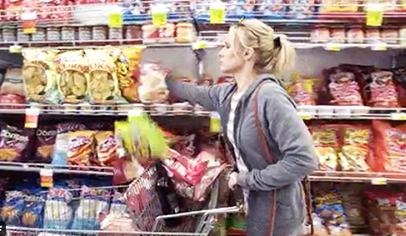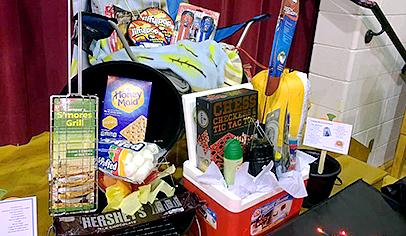In my house, we do our best to protect the environment. We use recycled paper for practice spelling tests and writing rough drafts of papers and a lunch box instead of paper bags. We even have cloth gift bags for birthdays and the holidays instead of using wrapping paper (my apologies to the wrapping paper fundraiser committee). So I was thrilled when my school implemented the Communication Envelope system. Now, every Wednesday an envelope containing school, PTO, and community flyers comes home with my younger daughter.
Advantages
As a parent in the school, I love having only one day per week on which to check only one backpack for important information. I'm much more likely to get the message, since it comes home in a sturdy envelope rather than as a crumpled sheet.
I'm also thrilled that we can cut down on the amount of paper and photocopy energy we consume. Our school has about 350 students from 230 families. The math is easy: Everything that goes into the one envelope per family rather than into each student's folder saves 120 sheets of paper.
Getting Started
Sound worthwhile? Well, once you've gotten approval and funding, these simple over-the-summer steps will get the ball rolling for you.
Order envelopes. We get our envelopes from Coastal Publishing Group Inc., in Woodbridge, Va. The company makes tough, durable, tear-proof, water resistant, resealable envelopes that will last the whole school year, and they customize them with our school name and weekly calendar.
Recruit committee members and divide them into teams. The bigger the committee, the less often each member needs to come in to work. The committee at my school has about 40 members divided into four teams. Each team comes in once every four weeks to either unstuff or stuff envelopes. There are usually two unstuffers, five stuffers, and three who can't make it for any given week. Each team has a leader who reminds the other members when to come. We also have a substitute list just in case a team comes up really short one week.
Label the envelopes. Get class lists from the school secretary as soon as they are available. (Hopefully, this will be in the form of a spreadsheet.) For each envelope, create a label with the family name and students' names and homerooms listed in order from youngest to oldest. The envelope will go home with the youngest student.
Prepare the envelope boxes. We use portable plastic file boxes. If you're using boxes from the previous year, wash them out and replace any that are in bad shape. Label the fresh boxes with homeroom name and a class list and add the labeled envelopes.
Prepare the first-day-of-school packets. It's a good idea to stuff the back-to-school communication in the envelopes before the first day of school.
Keeping the Ball Rolling
The cochairs love that they get the bulk of their work done before the school year begins.
Collect communications during the week. Information for the envelopes comes in two flavors: reminders and full-page flyers. A one- or two-sentence notice that will appear in the Reminders section of the Weekly Cover Sheet might be enough to get the word out about an upcoming school event. PTO and school newsletters, registration forms, and community events might warrant a full-page ad.
Tuesday afternoon. The unstuffers get everything ready for the stuffers. They create a weekly cover sheet listing contents and reminders for the information packet that will go home on Wednesday. They collect the file boxes from the classrooms, remove anything from the envelopes that came back to the school (like labels for our clip-and-save programs), put the envelopes in order, and note any missing envelopes. They also create "delinquent labels." If an envelope is missing, the student's name is written on a pre-printed label asking the family to send it back that week.
Wednesday morning. The stuffing team makes any last minute changes to the cover sheet and photocopies it. Then they collate the information packets with a cover sheet on top, stuff the envelopes (or add a prepared label to a plain information packet for students without envelopes), and return the file boxes to the classrooms. The teachers distribute the envelopes that afternoon. A copy of the packet is also posted in the school office.
Budget
The Communication Envelope Committee needs only a small budget. In fact, the program pays for itself in terms of saved paper and toner costs. Cost for the plastic file boxes to store the envelopes drops out after the first year. The file boxes are durable but may need to be replaced from time to time. This budget is for a K-6 school with two classes at each grade level.
| Expenses | ||
| File Boxes | $210 | |
| Envelopes, 250 printed, resealable envelopes | $300 | |
| Inkjet Mailing Labels | $20 | |
| Total Cost | $530 | |
Be Informed; Hug a Tree
The Communication Envelope system is easy and efficient. I used to feel that I had to remove everything from my daughter's backpacks to find all of the crumpled up notices at the bottom. And I'd still wonder what I'd missed. Now I feel confident I'm getting the whole scoop.
Linda J. O'Gorman is a freelance writer, mother of two daughters, and active PTO member.
























